Pampas grass is a popular décor choice, known for its elegant, feathery plumes that add a touch of nature’s beauty to any space. However, to get the best out of this ornamental grass, it needs a bit of care and attention.
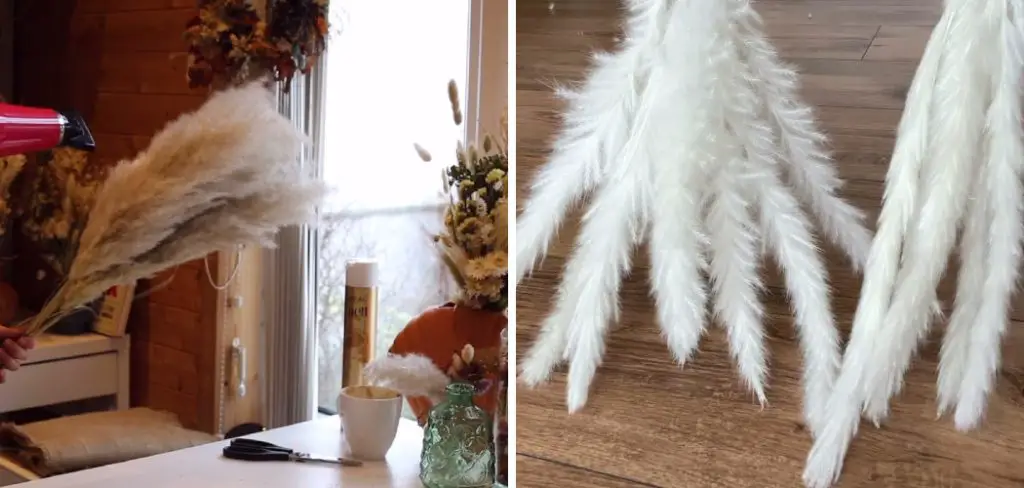
In this guide on how to make pampas grass fluffy, we will walk you through the simple steps to make pampas grass fluffy, ensuring it always looks its best and remains a chic addition to your home décor.
What is Pampas Grass?
Pampas grass, scientifically known as Cortaderia selloana, is a tall, perennial plant native to South America. Recognized for its striking, plume-like flower heads, pampas grass can reach impressive heights of up to 10 feet. The feathery plumes, which range in color from silvery white to pink, make it a favored choice for both garden landscapes and interior decoration.
Its hardy nature and ability to thrive in various climates have contributed to its widespread popularity. However, it’s important to note that in some regions, pampas grass can be invasive, spreading rapidly and outcompeting native vegetation. Nonetheless, when managed and maintained correctly, pampas grass can be a stunning and low-maintenance addition to any space.
Why Does Pampas Grass Need Fluffing?
Pampas grass has a natural tendency to clump together and become matted, making its distinctive plumes appear flat and lifeless. This is especially common after shipping or when purchased in bulk, as the grass can become compressed and tangled during transportation. To bring back its fluffy, airy appearance, pampas grass needs to be fluffed and revitalized.
The fluffing process helps to separate and loosen the individual plumes, allowing them to regain their natural shape and volume. Not only does this enhance the overall aesthetic of the pampas grass, but it also prevents mold and pests from accumulating in the compressed areas.
8 Step-by-step Guides on How to Make Pampas Grass Fluffy
Step 1: Prepare the Pampas Grass
Before you begin the fluffing process, it is essential to properly prepare your pampas grass. Start by removing the feathered plumes from their packaging and gently shaking them to eliminate loose debris and dust.
Observe each stem carefully to ensure there are no signs of damage or pests. If you notice any broken or overly bent stems, it might be best to trim them with a pair of pruning shears. Once you have inspected and cleaned your pampas grass, place the plumes in a well-ventilated area away from direct sunlight to prevent them from becoming brittle. This initial preparation sets the stage for a successful fluffing process, ensuring the pampas grass remains intact and beautiful.
Step 2: Find the Natural Shape of the Plumes
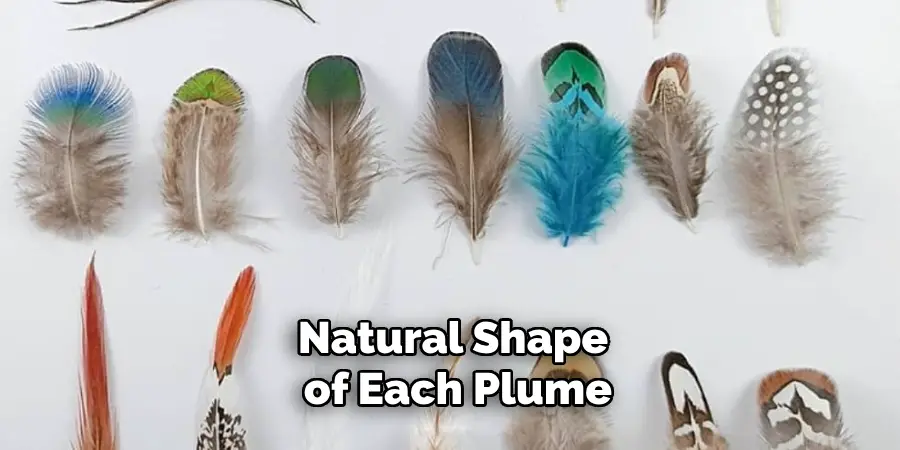
The next step in making your pampas grass fluffy is to identify and work with the natural shape of each plume. Hold the stem firmly at the base and allow the plumes to fall naturally to see how they spread out. This helps you understand the direction and distribution of the feathery strands. Gently run your fingers through the plumes from the base toward the tips to help the plant retain its natural, flowing shape.
This technique separates individual strands and highlights the plume’s inherent volume. Taking the time to appreciate and follow the natural curvature and spread of the pampas grass ensures a more authentic and aesthetically pleasing appearance in the final arrangement.
Step 3: Fluff from the Tip Down
To achieve maximum fluffiness, always start at the tip of the plume and work your way down towards the base. This helps to prevent any matting or clumping that may occur further down the stem. Hold onto the base of the plume firmly with one hand while using your other hand to gently separate and ruffle each feathered strand.
Continue this process until you have reached the base and repeat it for all remaining plumes. Be sure not to pull too hard or aggressively, as this can damage or break off individual strands. Instead, use a gentle touch and allow the natural movement of the plumes to guide you.
Step 4: Shake It Out
After you have fluffed each plume by hand, it’s time to give your pampas grass a gentle shake to further enhance its volume and airy appearance. Hold each stem firmly at the base and give it a few light shakes, allowing the plumes to fan out and settle into their natural, fluffy form. This step helps dislodge any remaining debris and ensures that any tangled strands are fully separated.
Be cautious not to shake too vigorously, as this can cause the delicate strands to break or become damaged. Shaking also helps to remove any loose fluff, preventing it from scattering later when the pampas grass is displayed in your home. This simple action is key to achieving that perfectly fluffy look, making your pampas grass a standout feature in your decor.
Step 5: Use a Comb
For particularly stubborn or matted plumes, using a wide-toothed comb can be a helpful technique in separating and fluffing the strands. Start at the tips of the plume and gently comb downwards, using your fingers to hold onto the base of the stem. This method allows you to isolate individual strands and ensures that each one receives equal attention.
Continue combing until all visible tangles have been removed, then move on to the next plume. You can also use this technique on any areas where you feel like there is too much excess fluff, helping to create a more balanced and even appearance.
Step 6: Consider Steam Treatment
In some cases, your pampas grass may have become slightly flattened during shipping or storage, making it appear less fluffy than desired. In this scenario, using a handheld steamer can help to revive the plant’s natural volume. Hold the steamer about six inches away from the plumes and gently pass it over each stem for a few seconds.
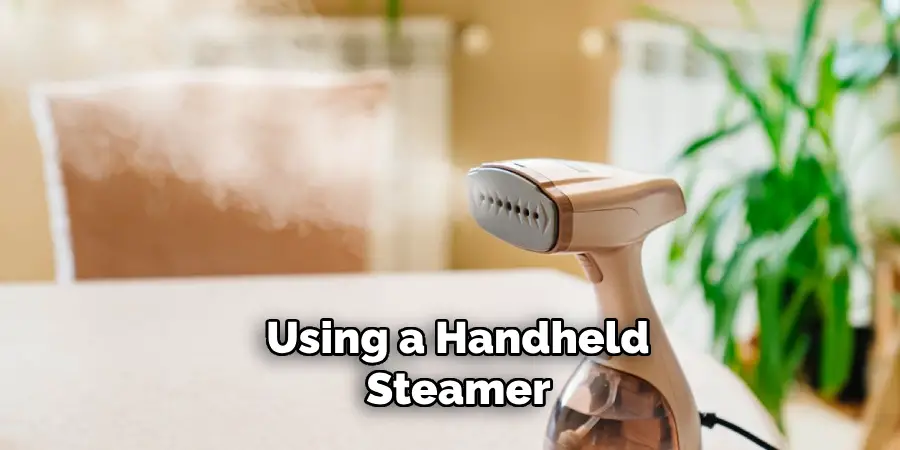
The steam helps to loosen any matted areas, allowing you to fluff them out with your fingers or comb. Just be sure not to hold the steamer too close or for too long, as this can damage the delicate strands. Steam treatment is a quick and effective way to revive your pampas grass and give it that extra boost of fluffiness.
Step 7: Use a Blow Dryer
If you don’t have access to a steamer, using a blow dryer on its lowest setting can also be an effective way to revitalize flattened or matted pampas grass. Hold the blow dryer about 6 inches away from the plumes and use your fingers or comb to gently ruffle and separate each strand as you dry.
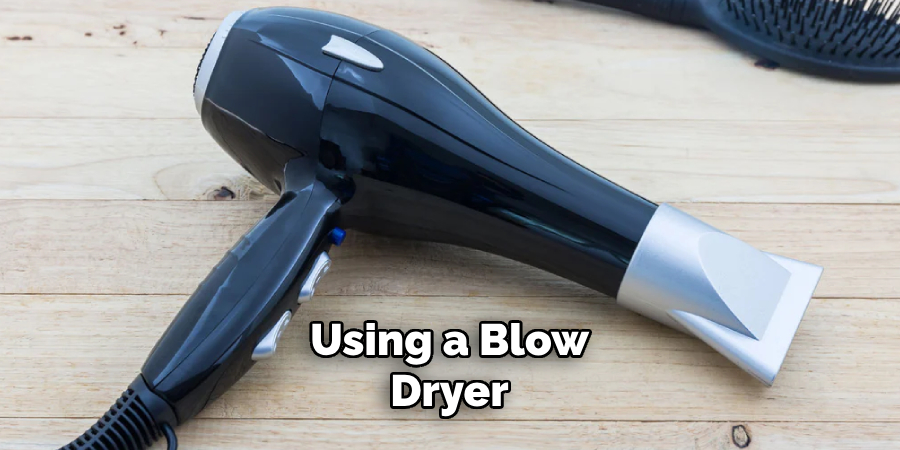
Be sure not to use hot air or hold the blow dryer too close, as this can cause damage to the plant. The gentle heat and airflow from the blow dryer help to revive the pampas grass’s fluffiness, giving it a natural-looking bounce and volume.
Step 8: Repeat Regularly
Pampas grass is known for its low-maintenance nature, but regular fluffing is still necessary to maintain its fluffy appearance. Depending on the location and conditions of your home, you may need to fluff your pampas grass once every few weeks or even monthly. This ensures that any potential matting or clumping is prevented and your pampas grass remains looking its best.
With these simple steps on how to make pampas grass fluffy, you can easily achieve that gorgeous, fluffy pampas grass look in no time. Remember to also regularly dust and clean your plant to maintain its health and beauty.
Whether used as a statement piece or added to a bouquet, well-fluffed pampas grass is sure to make a stunning addition to any home decor. So grab your plumes and get fluffing! Happy decorating!
Additional Tips for Maintaining Pampas Grass
Tip 1: Avoid Direct Sunlight
While pampas grass thrives outdoors, indoor arrangements should avoid direct sunlight, which can dry out the plumes and cause them to lose their fluffiness. Instead, place your pampas grass in a location with indirect sunlight. This helps to maintain the plant’s natural texture and color, ensuring that it looks vibrant and healthy for a longer period.
Tip 2: Rotate Regularly
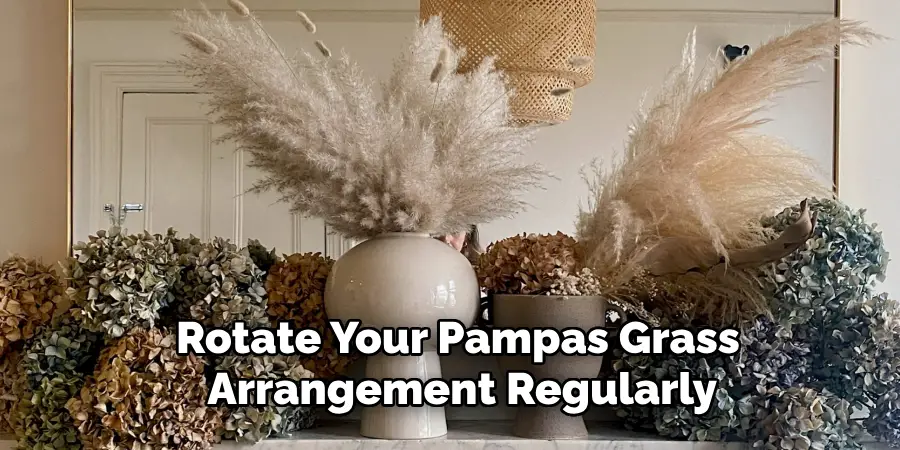
To ensure an even fluff and prevent any side from becoming flat, rotate your pampas grass arrangement regularly. This allows all sides to receive equal exposure to air circulation, keeping the plumes evenly distributed and maintaining their overall volume. Regular rotation helps to keep your display looking symmetrical and well-balanced.
Tip 3: Minimize Handling
While regular fluffing is important, try to minimize excessive handling of the plumes. Frequent touching can cause shedding and damage the delicate strands. When you do need to fluff or clean your pampas grass, use a gentle touch to maintain its integrity and ensure it remains looking its best.
Tip 4: Dust Regularly
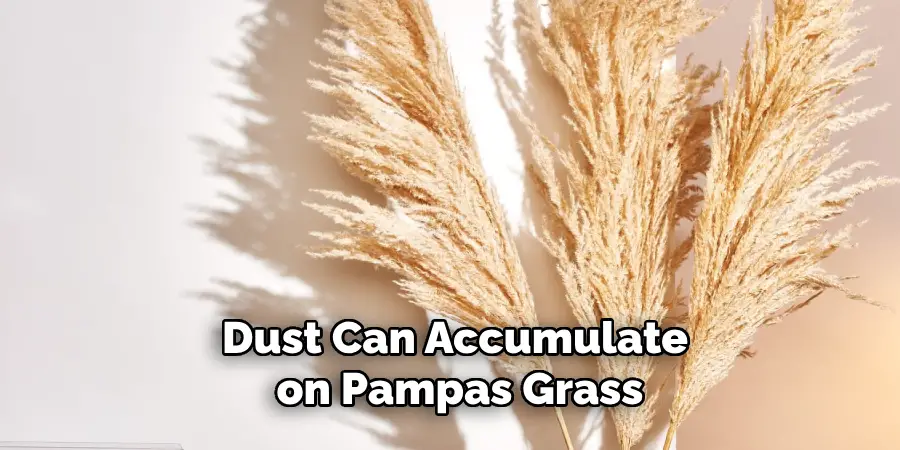
Dust can accumulate on pampas grass, dulling its natural beauty. Use a soft duster or a can of compressed air to remove dust gently. Regular dusting not only keeps the plumes looking fresh but also prolongs their lifespan by preventing buildup that can cause the strands to become heavy and lose their fluff.
Tip 5: Avoid High-Humidity Areas
Pampas grass prefers dry environments. Placing it in high-humidity areas, like bathrooms, can lead to matted and droopy plumes. To maintain maximum fluffiness, keep your pampas grass in areas with low humidity. This prevents moisture from weighing down the feathers and helps them stay airy and voluminous.
These additional tips will help you maintain the beauty and fluffiness of your pampas grass, ensuring it remains a stunning addition to your home decor for an extended period.
Conclusion
By following the steps and tips outlined in this guide on how to make pampas grass fluffy, you can ensure that your pampas grass remains fluffy, vibrant, and a standout element in your home décor. Regular maintenance, such as gentle fluffing, avoiding direct sunlight, and keeping the plumes dust-free, will preserve the beauty of your pampas grass for a long time.
Whether you are using it as a dramatic statement piece or a subtle addition to a floral arrangement, well-cared-for pampas grass effortlessly elevates the aesthetic of any space. Embrace these simple practices to enjoy the lasting charm and elegance that pampas grass brings to your home.
About
Angela is the chief editor of Indoorense. She began her career as an interior designer before applying her strategic and creative passion to lifestyle and home.
She has close to 15 years of experience in creative writing and online content strategy for housekeeping and cleaning,home decorations as well as other efforts.
She loves her job and has the privilege of working with an extraordinary team. She lives with her husband, two sons, and daughter in Petersburg. When she’s not busy working she spent time with her family.

